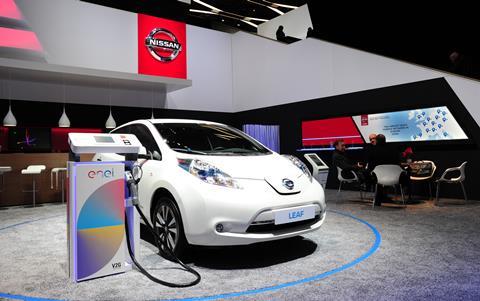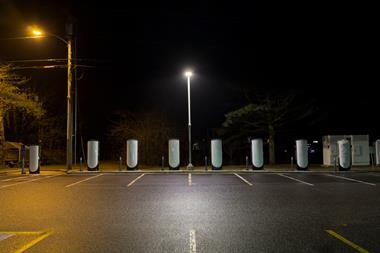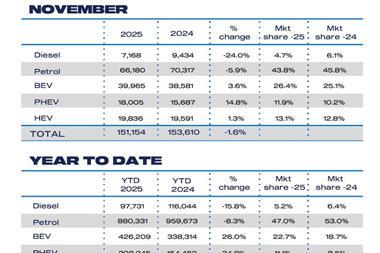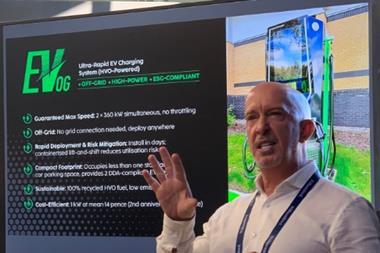
Electric vehicle buyers are benefitting from a 15-fold increase in choice of model, as well as, on average, more than three times the battery range compared with a decade ago, according to new research by the Society of Motor Manufacturers and Traders (SMMT).
When Britain’s first mass-produced battery electric vehicle, the Nissan Leaf, was launched in 2011, just nine plug-in car models were available in the UK – making up less than one in 1,000 total registrations.
Today, there are more than 140 plug-in models available, accounting for around one in five new cars sold this year, with a further 50 models expected to be launched by the end of 2022.
SMMT demonstrated the wide range of choice available at its annual Test Day driving event on Tuesday, with 33 manufacturers demonstrating more than 100 models at Millbrook Proving Ground, including 42 plug-in electric models on the circuit.
Improvements in electric vehicle battery technology mean the battery electric vehicles on display average 257 miles on a single charge – more than treble the average of 74 miles available at Test Day in 2011.
SMMT said the improvements in range and the variety of models available was due to heavy investment by the manufacturers, and said other stakeholders had to match this commitment to ensure the infrastructure required for electric vehicles is available.
SMMT chief executive Mike Hawes said: “The ever-increasing number of electric vehicle models launched by manufacturers since 2011 shows just how far Britain has come, with industry investment stimulating innovation at an ever-faster rate. With almost 200 electrified models expected to be available by the end of the year, manufacturers are turning ambitions for zero and ultra-low emission mobility into a reality, while motorists’ demand for these vehicles increases month by month.
“To turn this nascent demand into a mass market, however, motorists need choice, affordability and the confidence to charge. The UK has an ambitious timescale to deliver net zero and road transport must shoulder the biggest burden delivering that goal. The industry is up for the challenge but we need all stakeholders, including government, charge point providers and energy companies, to match manufacturers’ commitment by providing the competitive incentives and infrastructure that assures a zero-emission future.”

































No comments yet